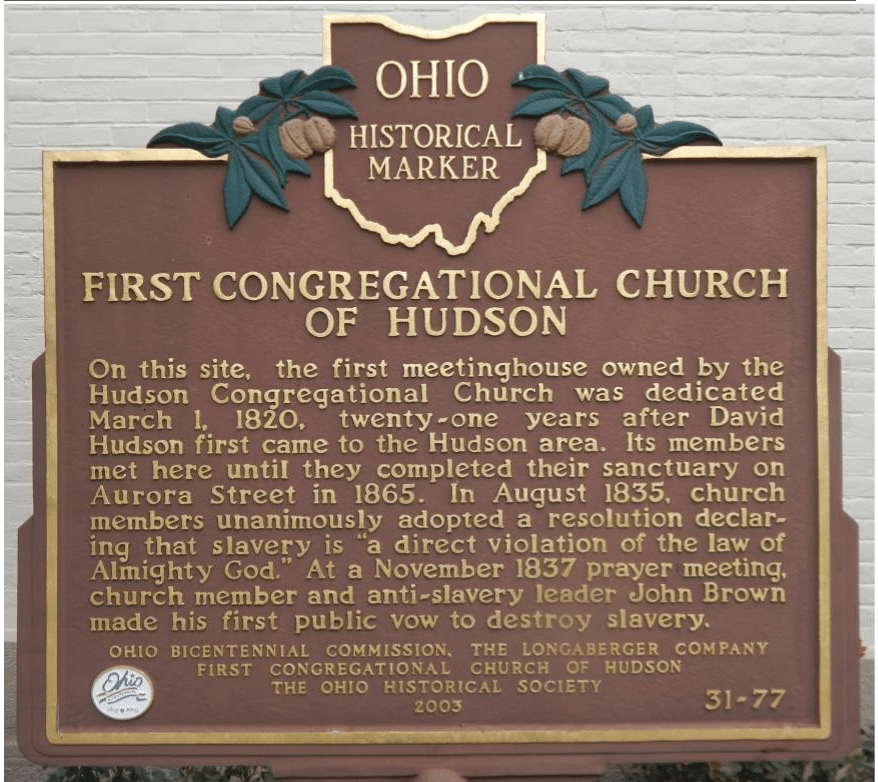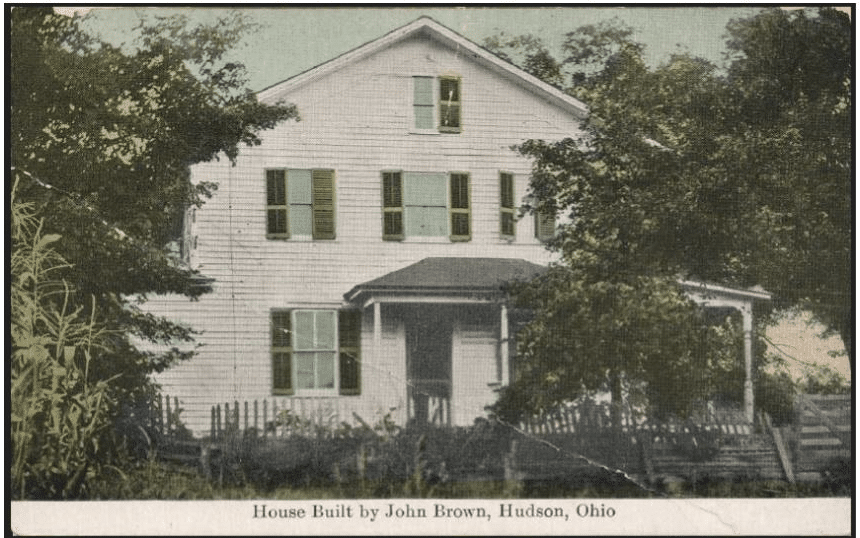[vc_row][vc_column][vc_single_image image=”10119″ img_size=”full”][vc_column_text]
Juneteenth is celebrated on June 19 to commemorate the significant day in 1865 when enslaved individuals in Texas learned of their emancipation from slavery as declared in the 1863 Emancipation Proclamation.
Since that momentous occasion, people throughout the United States have celebrated the liberation of enslaved individuals. In honor of Juneteenth, Tinker’s Creek Watershed Partners aims to pay tribute to the people within the watershed who played a vital role in the abolitionist movement
(For more information, visit https://www.nationalgeographic.com/culture/article/juneteenth).
[/vc_column_text][vc_column_text]
The Underground Railroad: A Path to Freedom
[/vc_column_text][vc_column_text]
The Underground Railroad was a clandestine network of secret tunnels and safe houses that provided refuge and assistance to escaped slaves, aiding their journey to free states and Canada during the 19th century. The Underground Railroad stands as a testament to the determination, bravery, and resilience of those who fought against the injustices of slavery. Right here in Northeast Ohio, individuals who recognized the inherent injustice of slavery dedicated themselves to assisting enslaved individuals and their families in finding freedom in free states and Canada
[/vc_column_text][vc_column_text]
How was Tinkers Creek Watershed involved?
[/vc_column_text][vc_column_text]
Nestled within the rugged terrain of the region, the Tinker’s Creek Watershed was home to several safe houses with hidden passageways beneath the surface.
The watershed played a crucial role due to the following reasons:
- Dense forests offered numerous hiding places for those journeying on foot.
- Meandering creeks provided various routes for escaped slaves and their guides to travel safely by boat toward the North.
[/vc_column_text][vc_column_text]
Significance of the Railroad in the Watershed
[/vc_column_text][vc_column_text]
The town of Hudson, Ohio, located in the southwestern portion of the watershed, notably became an essential stop along the Underground Railroad route.
Here are some intriguing facts about Hudson’s involvement:
- David Hudson, the town’s founder, harbored escaped slaves in his own home and used it as a stop on the Underground Railroad.
- John Brown, a renowned abolitionist, grew up in Hudson, Ohio. In his childhood home, his parents provided shelter and assistance to countless slaves seeking freedom in other northern states and Canada.
- The First Congregational Church of Hudson, founded by David Hudson, held the belief that slavery was morally wrong. It was within this church that John Brown pledged to dedicate his life to eradicating slavery (For more information, visit hudsonucc.org).
- Apart from Hudson, numerous communities in Northeast Ohio housed passionate abolitionists who offered slaves shelter, food, clothing, and guidance on their journey to freedom
(For more information, visit https://www.nps.gov/nr/travel/underground/states.htm)

[/vc_column_text][vc_column_text]
Recognize and Preserve History
[/vc_column_text][vc_column_text]The decision to escape slavery was an arduous one, as both runaway slaves and those who assisted them faced fines and imprisonment if caught. Often, captured slaves endured even harsher treatment upon being returned to their previous owners. We take great pride in acknowledging the courageous individuals within the Tinker’s Creek Watershed who valiantly fought against slavery. Their contributions to the Underground Railroad exemplify the persistence and determination of those who championed freedom and equality. The sites associated with the Underground Railroad serve as a testament to the transformative power of human compassion and an unwavering commitment to justice. By recognizing and preserving this history, we honor the bravery of those who risked everything in the struggle to end slavery.
 [/vc_column_text][vc_column_text]
[/vc_column_text][vc_column_text]
How You Can Pay Tribute Today
[/vc_column_text][vc_column_text]If this article has piqued your interest, click here to learn more about the anti-slavery movement in Hudson, Ohio, by embarking on a virtual walking tour. The tour showcases key sites throughout the watershed. After you take the tour, comment below one thing that you learned to help educate others on the importance of Juneteenth.
Definitions
Slavery: when someone owns another person and forces them to do unpaid work
Abolitionist: people who were opposed to slavery
Emancipation Proclamation: order issued by President Abraham Lincoln that freed the slaves in the USA
Free state: a US state that did not allow slavery
Safe House: a place where people can safely live, often in secret
Want to learn more? Check out the links below.
https://case.edu/ech/articles/a/abolitionism
https://www.nps.gov/nr/travel/underground/states.htm
https://www.hudsonmemory.org/historical-events/ugrr/
https://ohiodigitalnetwork.org/the-underground-railroad-in-ohio/[/vc_column_text][/vc_column][/vc_row][vc_row][vc_column][/vc_column][/vc_row]
